
Need to create your own Vietnam Trip?
Call us now +84 92-8833-899 (Whatsapp)
Customize your tourIf you happen to think of including Sapa in your trip, make sure to try its unbelievable food. The culinary scene here is shaped by both the cold climate and its cultural unique mix. Head to any one of the iconic markets in the area and you’ll surely bump into one of these often strange, but always delicious dishes.
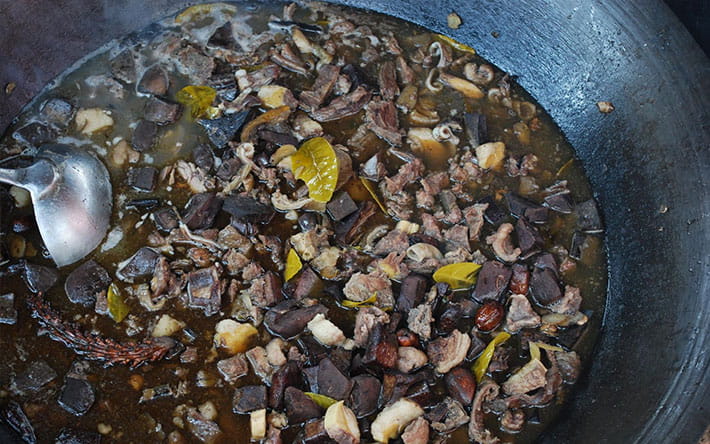
Speaking of strange, Thang Co is a popular dish in Sapa, and is a traditional dish of the native Hmong people, with a history spanning back at least 400 years. It’s a heavily spiced horsemeat soup, bones and all. However, no amount of panic experienced before trying this dish could distort the fact that it is truly delicious (and horsemeat is even eaten in France to this day, FYI). The dish is prepared by adding the meat, broth and bones into a large pot over an open flame. Then, twelve spices are added, including cardamom, ginger, citronella, anise and cinnamon, and the soup is then slowly cooked over the course of a day. Delicious!
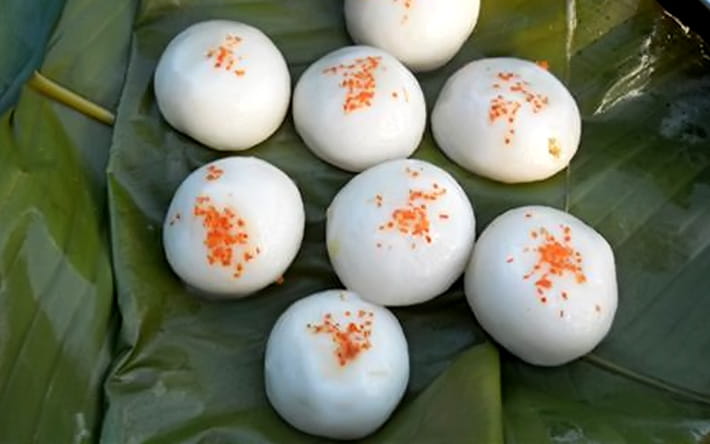
Pau play day cake has existed in Vietnam since the time of the Hung King, between 2000 and 400 years B.C)! Whilst the original cooking techniques may have adapted to modern ways of life, the essence of the dish has stayed the same, and is still enjoyed by people in Sapa and throughout the region. The dish is comprised of glutinous white rice and green pes, which are then served in the form of a white cake. However, it’s not as simple as it sounds. It is vital to choose the highest quality sticky rice, which must then be carefully dried and then soaked in water and steamed. This rice is then painstakingly ground until it becomes sticky, and then moulded around the pea mixture until no green can be seen from the outside. Then, voila! Your pau play cake is ready to be served.
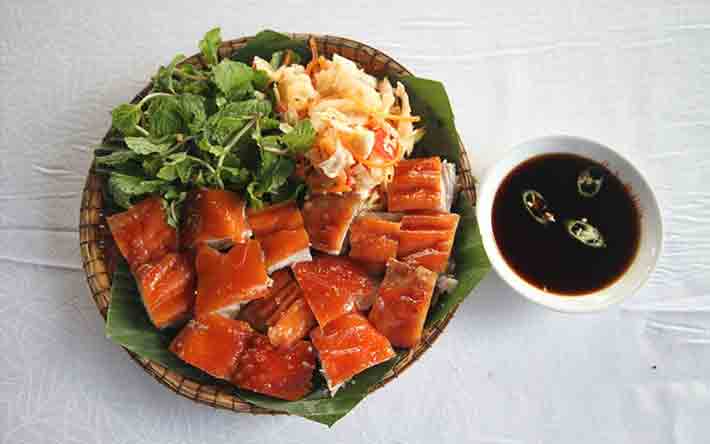
Translated roughly as Cap Nach pork of Sapa, the ways of preparing this dish are as diverse as the heritage of the land it comes from. Typically, a whole pig is roasted directly on charcoal until the skin is crispy, and the flesh remains soft and juicy. However, in other areas, the pork is stir-fried with a small amount of water and local herbs. What makes the dish unified amongst all of the different cooking techniques is the flavour profile; porky, fatty, herby and spicy. Yes please!
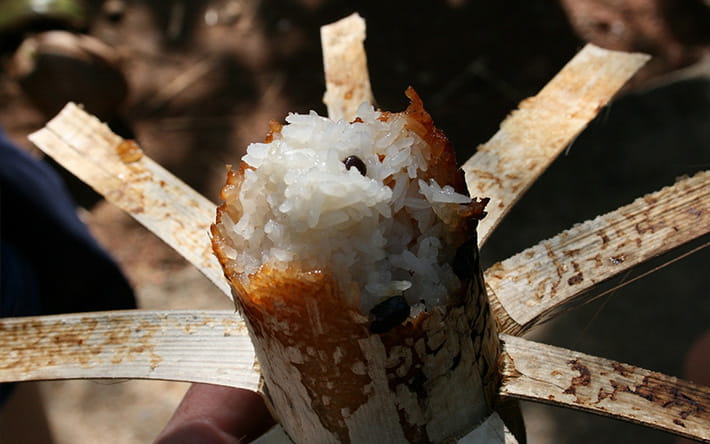
Two plants that growly freely and in abundance across Vietnam and the rest of the Southeast Asian region are bamboo and rice. Stick the two together and you have an ancient dish that spans both centuries and national borders. Glutenous rice is stuffed into a bamboo shaft, and then steamed until the rice is crispy on the outside and soft and sticky in the middle. The bamboo infuses the rice with flavour, and he combination of textures, as well as the ease and practicality of the cooking technique, has given com lam its popularity. Modern takes on the dish include fillings sa well as the rice, such as pork and vegetables.
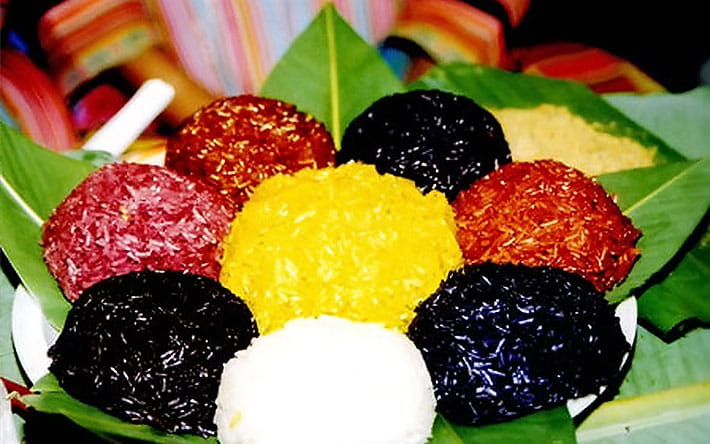
A traditional food of the Nung people of Muong Khuong district in Lao Cai province, this dish is comprised of rice coloured by different leaves and herbs found in local forests. Legend has it that eating this dish on significant dates, such as holidays and during celebrations, will bring good fortune.
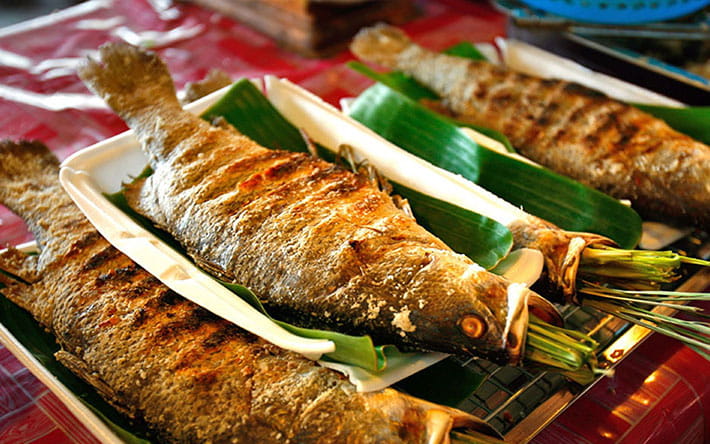
The ultimate crowd pleaser, you simply cannot stop in Sapa without trying a grilled fish at least once. The region is home to a vast variety of fish, including goby fish and bighead carp, all found in the rivers and streams of Sapa. Whilst some are large and meaty and can be grilled whole and served as an entire meal, the more popular way of eating grilled fish here is by taking the small breeds, no bigger than your finger, and grilling them until they’re crispy, and the marinade becomes caramelised.
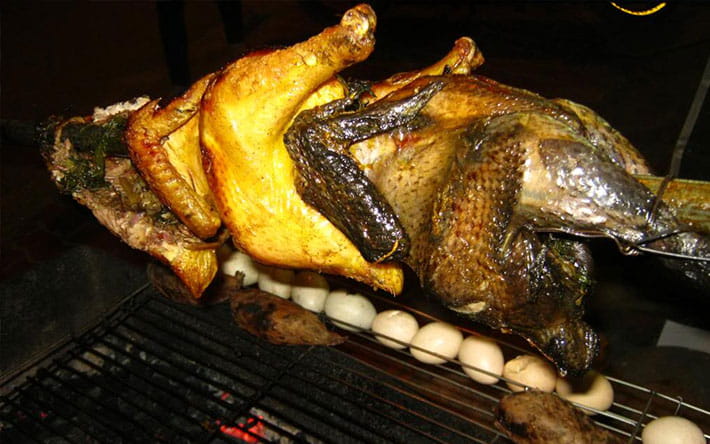
These small, black chickens are a delicacy across Asia and are said to have strong medicinal properties. These animals are reared on the hills and valleys of Sapa, and thus their meat is absolutely delicious, sweet and savoury with a real complexity of flavour that varies from your standard chicken. A traditional Nung minority way of eating this animal is by grilling it with honey and mint and serving it with a dip made simply with pepper, salt and lemon.
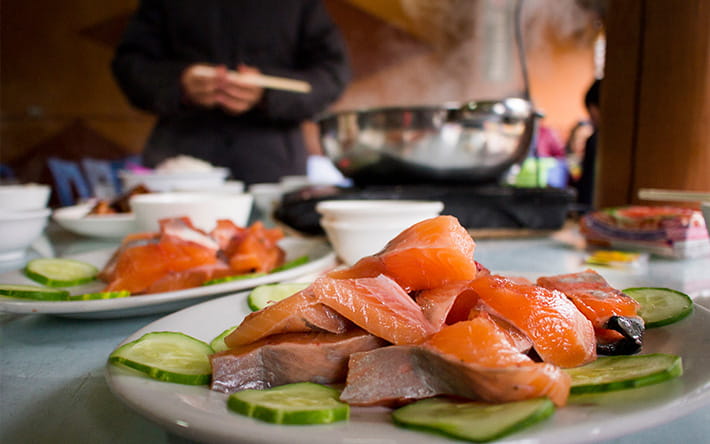
Believe it or not, Salmon thrives in Sapa due to its cool climate, meaning that the local streams and rivers maintain a cold temperature all year round. A popular way of cooking and serving salmon in Sapa is in the form of hot pot; a deliciously savoury broth made from vegetable and salmon stock is served piping hot in a large pot, and then fresh salmon is dunked in, and effectively poached to your taste. It makes for the perfect dish for cold nights up on the mountains and is highly nutritious.
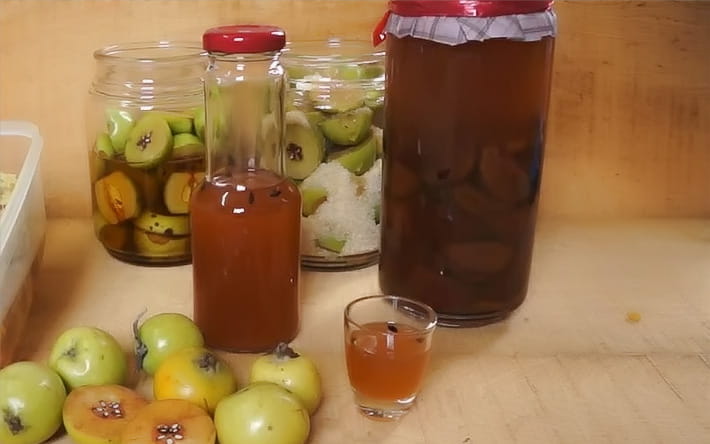
Though not necessarily a food, Tao Meo wine is a traditional liquor of the H’mong people and is still hugely popular today. It is made by fermenting the fruits of wild apple tree which blooms annually in late summer and autumn, so the fruit is available August to October, however the wine is drunk all year round, typically with brook fish. It has an unusual yet familiar flavour and makes for an amazing souvenir if you can get your hands on a bottle.
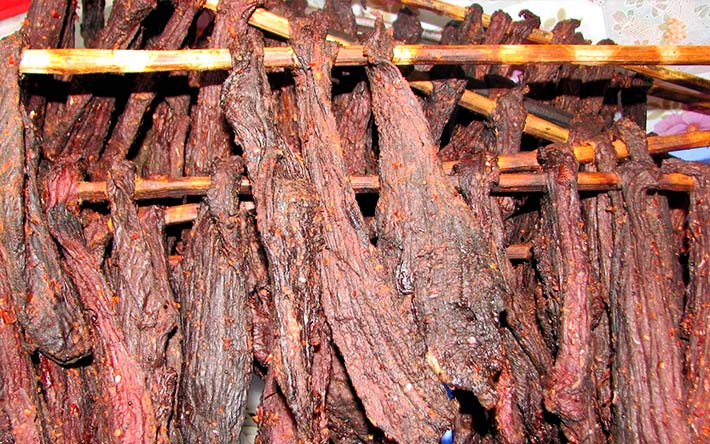
Being a remote location in a typically poor area, dried meat has been a tradition of Sapa for literally thousands of years, and one of the most persistently popular forms of this snack is dried buffalo jerky. The meta is dried and seasoned, traditionally to keep is edible for the times when meat and protein were scarce. Each two kilos of dried buffalo meat can be stored for years, and makes for a delicious beer snack!
Last update: